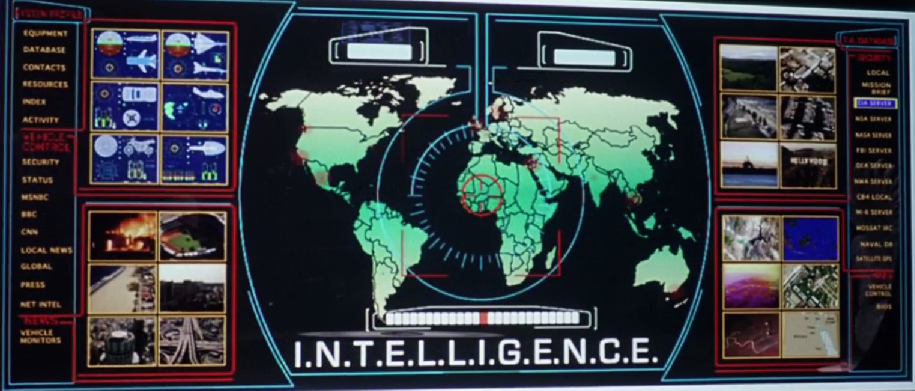Designing Intelligence
Designing Intelligence #
I’m looking for ways to combine my passion for design with my passion for artificial “intelligence”. What does that mean and why did I add intelligence in quotation marks? I’ll tell you in a sec!
I’m interested in three things:
- people
- technology, especially Artificial Intelligence (AI)
- experimentation by prototyping
The coming weeks I’m combining these three in a series of blog-posts and experiments. I hope to find some fellow travelers in my Quest, if you’re interested just email me at [email protected] - or follow this blog-series!
When you combine AI with design, you’ve got the power to create magic. I want to see how that works out in the real world, in the jungle of people and other technology!

Let’s put the “intelligence” back into Artificial Intelligence! #
When you think about AI, you probably think about recommendation engines (Spotify, Netflix), automation (robots, self-driving cars), chat-bots / digital assistants (hello Siri, Cortana and Alexa), and classification (there’s a dog on this photo!)
These systems get trained on past data and use that to classify new instances. But they don’t learn ‘on the job’ and there’s no deduction or active participation in the world.
That’s not what you think of as intelligence in normal life.
Take any random person you know, like Hank. Do you think Hank is intelligent when he would just sit around all day doing nothing until you talk to him? How about responding “there are 7 days in a week” when you ask him “how’s your week”?
Contrast that with your cat: he can’t play chess, drive a car, recommend you new music or do any other ‘intelligent’ thing. But in a way he’s a lot more intelligent because he has his own free will and you can relate to him: “he wants me to pet him!” or “he understands me”.
Most products labeled ‘AI’ do not feel intelligent and it takes away the impact the word could have.
What’s your approach? #
I want to focus on creating products and services that feel intelligent. I suspect the keywords are empathy, emotion and ‘agency’ (somebody or something taking action out of free will).
In the end, agency might be closer to intelligence than doing some smart tricks. A counting horse is intelligent, a counting calculator is just a machine.
I want to see how we can create this experience and I suspect it’s not that hard: I call my devices ‘smart’ all the time, when they do something beneficial when I didn’t expect it. It’s really small things, like how my Mac remembers the display-setup based on the monitor I plug in, or how ‘do not disturb’ is turned on when giving a presentation. Funny how that works without AI!
AI-techniques could really amplify this feeling; a traffic light that stays green longer for children or other slow-walkers.
This is revolutionary! #
Well, no. Not exactly. Everybody is experimenting with AI currently and it’s the Buzzword Of The Year. The ideas about using empathy, agency and emotion have also been around forever. But, I’ve been reading through a lot of design principles, frameworks and toolkits* and I haven’t found a focus on intelligence yet. It’s all talk about designing for (or with) machine-learning techniques.
So I hope my angle is still a bit fresh: exploring and defining intelligence with design experiments.
Two caveats:
- I am expecting that most of the time, my experiments won’t involve AI-techniques. And why should they? Humans are great at assigning emotions and intelligence to all kinds of things: animals, plants, inanimate objects (it’s called anthropomorphism). We yell at traffic lights when they turn red. A great example are Breitenberg machines: really simple things without built-in intelligence, but displaying very complicated behavior. It’s easy for humans to “feel” for them. I don’t know yet how to make the leap from these ‘play systems’ to a bigger / useful system, but that’s exciting!
- I expect a lot of times ‘intelligent seeming products and services’ won’t be beneficial to people and might even be detrimental. We’ll see how that works out ;)
What’s next? #
This blog-series will hopefully end with some kind of framework. For now I’ll keep to ideation, exploration and experimentation.
Looking forward to your feedback and let me know if you want to join :)
Thanks a million to Sangeetha Jayaram for thinking this out with me!
* Here’s a short list with the most interesting articles:
- Quick guidelines for using ML in design by Google, who of course has a lot more on this
- Some more quick guidelines
- Algorithms used by or replacing designers
images in this post are not under the Creative Commons license